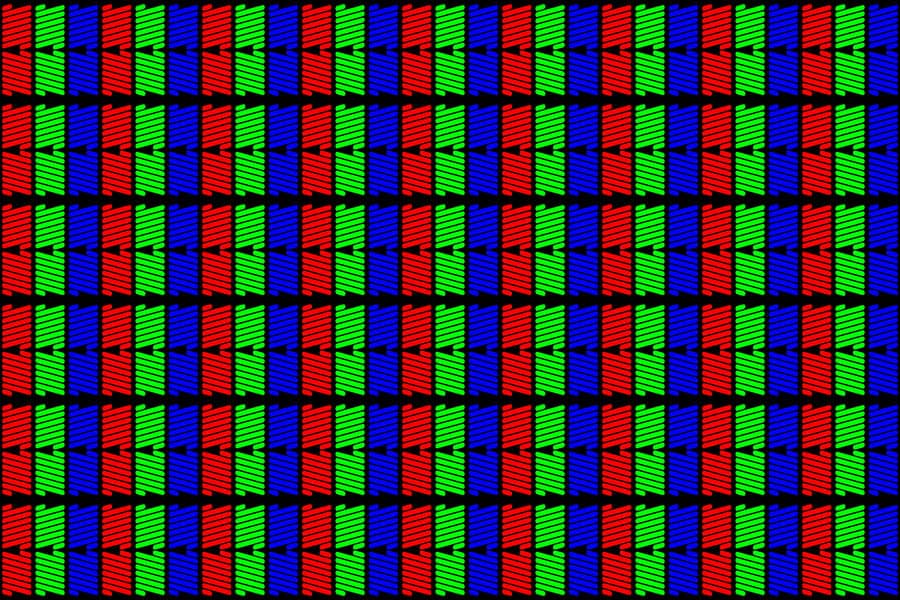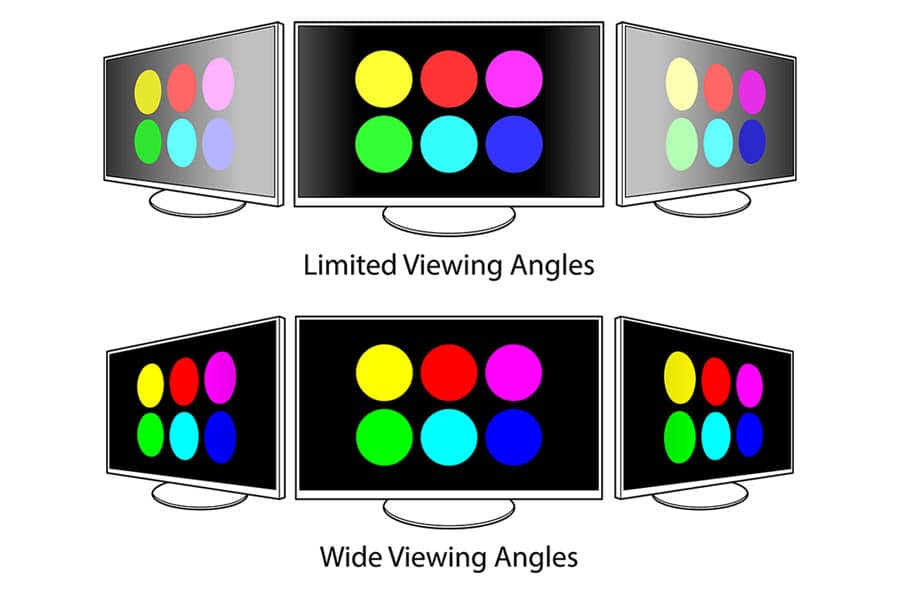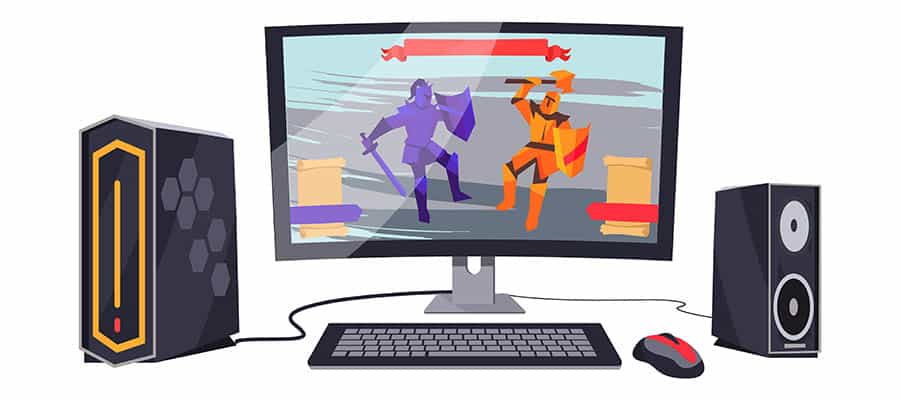When you’re looking to purchase a new monitor, it can be pretty difficult to decide which monitor is right for your needs. There’s many different things you need to take into account, from your refresh rate to your resolution.
But this isn’t all you want to think about when you’re going to purchase a new monitor. You’ll also want to think about the technology used in the display. Different types of display panel will have their own benefits, with some being perfect for gaming, whilst others suit those that watch a lot of films and need vibrant colour.
For this, currently there are three alternative types of display panels that are used; IPS, VA and TN. Depending on what you’re going to be doing, one of them might be a better choice than the other. They’re all types of LCD display – LCD and LED are different to one another, but not much.
We’re going to look at the characteristics of each of them, and how you can work out which is going to be the best one for your needs.
IPS vs VA vs TN Display Panel Types: Explained
The simple difference between them is that IPS displays are expensive and great for all viewing angles, whilst VA displays are better for high contrast visuals. In comparison to this, TN display panels are a solid option for those looking for low cost monitors.
In the past, both VA and IPS displays were shunned by gamers in favour of TN panels (twisted nematic). This is primarily because they allow the fastest 1ms response times for a fairly cheap price, and this is one of the most important criteria for gaming.
Though TN panels have limited viewing angles in comparison to IPS panels. And now, there are a lot of IPS monitors that can match TN when it comes to response times, meaning that they’re another popular choice for gaming. You’ll probably have to cough up a little extra cash, though.
In comparison to this, the colour reproduction of VA panels makes them the most suitable choice for watching films and television shows. Though they don’t have a high refresh rate and low response time, this isn’t necessary for watching the TV.
This is a short explanation of what the three types of display panel are best used for, but it doesn’t show the full picture. Let’s look at them in more detail to work out more differences between them.
IPS Display
Commonly found in: Laptops, televisions, expensive monitors, smartphones
For those who’ve been searching for a laptop in recent years, you’ll likely have seen the IPS display label before – it’s the most expensive of the three different types. Although in the majority of cases this means that they’re the highest quality, this doesn’t really give us the full picture.

IPS stands for in-plane switching, and it works in a slightly different way that the original TN display design. Although they’ve come to the fore recently in terms of popularity, they’ve actually been around since the 90s.
However, the last few years have seen many laptop companies using IPS panels for their displays, even using it as a major selling point. There are a couple of major reasons for this, including colour reproduction and solid image quality.
Key Points about IPS Display Panels
So if you have a big living room and a lot of people will be watching your TV, then it could be worth looking at one with IPS panels. Though some IPS televisions tend to struggle when it comes to their low contrast ratio, which tends to make them inferior to VA panel televisions.

Both IPS and VA panels are the most commonly used in LED televisions in the modern day. But in recent years, we’ve seen more and more manufacturers making televisions with VA panels as opposed to IPS panels.
Contrast ratios and colour reproduction play a big part in this. Due to the way IPS panels are designed, they tend to have a fair amount of backlight bleed. This leads to low contrast ratios, which isn’t that much of a problem when gaming – but when watching films, it’s one of the most important factors to consider when looking for a mid-to-high end TV.
Much of this is down to the introduction of HDR, which most televisions have when you go above a budget level. So, VA panels definitely have their own benefits too, and working with HDR well is just one of them.
Read Next: IPS vs. LED: The Differences Explained
VA Display
Best for: Televisions
Often considered to be a compromise of the two other types of display monitor, this is a pretty unfair way to describe VA display panels. They definitely have their place in the world, but they’re probably the least common of the three.
In terms of price, VA (vertical alignment) panels are somewhere between the two other types of television. They’re often used for televisions as they can have a very high contrast ratio. VA panels are also more limited at wider viewing angles than IPS panels too.
It’s pretty well known that if you want deep blacks, you should go for VA panels. You’ll often have a much better contrast ratio when compared to both TN and IPS panels.
Need to Know about VA Display Panels
The long response times are the main reason we don’t really use this technology in gaming monitors. High refresh rates and a fast response time are key for gamers.

So if you’re looking for a gaming monitor, then the likelihood is you’re going to want to look at TN panels.
TN Display
Most practical use: Gaming monitors
The most common form of monitor out there uses a TN display panel. You won’t find this technology as commonly used in TVs, especially in new models which tend to opt for VA technology instead. TN simply stands for twisted nematic, because the display uses twisted nematic liquid crystals.

Looking at TN vs IPS panels, there are a few main differences. Much of your decision may come down to cost, in which case, TN is the better choice. TN monitors may not be as bright as IPS displays, but this should put you off them completely.
Characteristics of TN Display Panels
The are some key advantages to TN Display panels which makes them the better choice for some uses.
Conclusion
In conclusion, the battle between IPS vs TN vs VA monitors is pretty close. In the modern day if you’re looking for a laptop or a television to watch sports with your friends, then you’re going to want to opt for an IPS panel display.
If you want a television with the best quality contrast to watch films late at night, a VA panel display might prove to be better. And for gamers looking for the fastest response time possible, then a TN panel display will still be king.